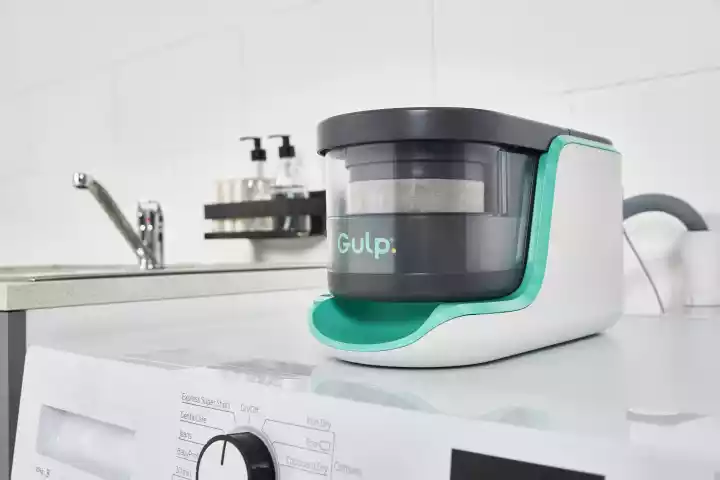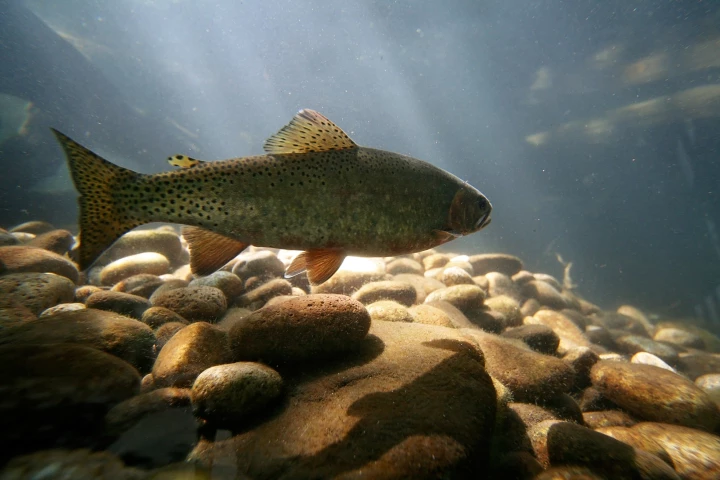Wastewater
-
Scientists have developed a new method for removing toxic “forever chemicals” from wastewater. 3D-printed ceramic lattices can remove up to 75% of PFAS from polluted water in three hours – and the structures get better at their job as they’re reused.
-
Thanks to the increase of electric vehicles and other battery-using technologies, the demand for lithium is expected to skyrocket in the coming years. One odd but potent source of the metal is a Pennsylvania wastewater stream, says a new study.
-
In recent years, pomegranate-derived compounds have been shown to slow cellular aging, protect unborn babies' brains, and serve as additives in better automotive materials. Now, they've also been used to remove pharmaceuticals from wastewater.
-
A large percentage of microplastic pollution takes the form of synthetic microfibers, shed by our clothes as they're being washed. Gulp lets homeowners filter those fibers out of their wash water, keeping them from reaching rivers or the sea.
-
In wastewater produced by the textile industry and others, dye is one of the primary pollutants. A newly developed synthetic polymer is capable of removing that dye from the water, plus it can be cleaned up and reused to treat more wastewater.
-
The UK Heath Security Agency (UKHSA) is reporting several traces of poliovirus have been detected in London sewage samples over the past few months. So what does this mean? And should anyone be worried?
-
The processing of foods typically generates a lot of wastewater, which has to be cleaned up before being released back into local waterways. According to new research, however, that water could first be put to use as a very effective fertilizer for farmed seaweed.
-
Wastewater treatment plants generally aren't known for their nice smell, and they have to be monitored in order to ensure that they're not becoming too stinky. An experimental new system uses an "e-nose" and a drone to do the job better.
-
In order to purify wastewater, chemicals and UV light are commonly used. According to a new study, however, algae may be a more eco-friendly and energy-efficient alternative, resulting in water that's clean enough for use in aquaculture.
-
Microbial fuel cells are a promising new way to generate electricity, but so far they’re plagued by inefficiency. Researchers at UCLA have now found a way to wring more energy out of them, by feeding the bacteria silver to make them more conductive.
-
In an effort to uncover what waters polluted with pharmaceuticals could mean for marine organisms, a study has demonstrated a capacity for brown trout to become addicted to methamphetamine after exposure to environmentally relevant concentrations.
-
Even with today's various sewage-treatment technologies, a great deal of municipal wastewater is still released back into waterways either partially or completely untreated. According to a new study, however, plots of willow trees could be used to clean it up – while also producing useful materials.
Load More











